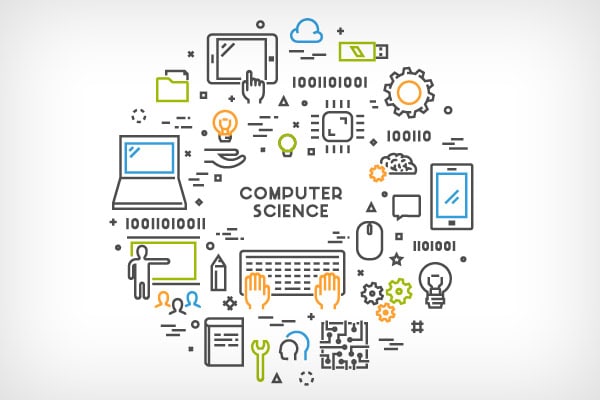The nation’s largest teachers’ union – the National Education Association, with more than 3 million educators and allies — is seeking to address classroom use of AI through policy actions, according to Education Week.
About 6,000 delegates voted by voice to approve a policy statement on July 4, the first day of business at the union’s annual representative assembly.
NEA’s policy statements are permanent and updated every few years.
The statement broadly seeks to lay the foundation for what educators should advocate for in policies, practices, and professional development to use AI safely and equitably in their classrooms. It looks at the issues of equity, data protection, and environmental impact, and pushes for educators to be involved in discussions about implementation in classrooms.
It emphasizes the centrality of humans for teaching, however, arguing that AI shouldn’t be used to replace jobs of educators, or learning.
Roughly a dozen states have issued guidance for the technology, according to a report from the NEA task force, convened at last year’s assembly to look into the matter of AI. But there’s no consistency to the policies cropping up at the state and district levels, says Noel Candelaria, a special education teacher and former teacher aide from El Paso, Texas, and secretary-treasurer of the NEA.
The use of AI has grown expediently in the past year, with the Center for Democracy & Technology finding teachers who reported using AI tools increased by 32 percentage points between the 2022-23 and 2023-24 school years. Still, 71 percent of educators have received no professional development on using AI in the classroom.
NEA’s policy is composed of five key principles for educators, looking particularly at: 1) keeping students and teachers at the center of education, 2) using evidence-based technology as an enhancement to education, 3) the ethical development of AI and use of strong data protection practices, 4) equitable access and use of the technology, and 5) ongoing education.
The policy statement contends with the pitfalls of AI, particularly its gaps in equity and access. AI developers tend to look a certain way—male, white, cisgender, heterosexual—which creates bias in AI’s functions, particularly for marginalized students. Inequity also exists in what students can benefit from utilizing such technology.
The policy calls for educators to be “intentional and proactive” in preventing bias from impacting how students use AI. It cautions against overuse of the technology for students with disabilities and emergent multilingual learners “to be relegated to using AI only for rote memorization, standardized assessment, or answers to factual questions.”
“One of the things that I am most concerned about is exacerbating the digital divide,” says Wil Page, a task force member and Los Angeles Unified School District teacher. “
“You could have kids who live in communities that are adjacent to each other, who end up going off to the same career or college pathway that have a massive difference in their artificial intelligence efficacy,” Page says.
The task force also highlighted ways the technology could help simplify a teacher’s day-to-day workload — developing engaging lesson plans or streamlining administrative tasks. Page thinks AI could help with recruitment and retainment as teachers face burnout and quit.
The policy statement asserts that educators “must be afforded high-quality, multifaced, ongoing professional learning opportunities that help increase their AI literacy and understand what, how, and why specific AI is being used in their educational settings.”
The importance of a human behind the technology—and the teacher-student connection—remains vital, task force members say. They cautioned against schools using AI for disciplinary actions, determining grade level promotion, diagnosing students, or evaluating educators on job performance. The policy envisions “AI-enhanced technology as an aid to public educators and education, not as a replacement for meaningful and necessary human connection.”
Education Week





